Do you know how common horse riding accidents are? Research shows that any rider stands an 81% chance of being in a riding accident at some point. There’s no doubt about it, riding is a dangerous activity.
No matter how well you know your horse, he’s an unpredictable flight animal. And if he’s spooked, his natural instinct is to get away from whatever scared him. He may run away. He may buck. He may hit bad footing and fall.
The list of potential what-ifs is long when it comes to riding. Yet it’s almost in the blood for some, and danger be darned. The good news is that there’re ways to mitigate the danger and still enjoy a leisurely hack through the woods or a lap around the show ring.
This article will dive into ways to avoid becoming injured.
What Are the Kinds Of Riding Accident Injuries?
When it comes to horses, there’re two types of riding accident injuries. The first, is while siting on the back of your horse. And the second, is on the ground…which can be from a fall or from a standing position.
When people talk about horse related accidents, they’re talking about accidents in the saddle, or on the ground. Some examples of in-the-saddle accidents include:
- Having a leg crushed against a solid object, such as a tree trunk, from riding too close
- Another horse biting or kicking you while striking at the horse you’re riding
- Runaway horses that get into accidents, such as with an automobile or a large immobile object
- Horses taking a misstep on dangerous footing, such as on a trail on a steep hill and falling with the rider (Falls like this can be dangerous to horse and rider.)
- A rearing horse (can cause a rider to go off and in a worst case situation, the horse can topple backward and land on the rider)
- A horse falling at speed (can result in injury or death to horse and rider)
- Tack failure (A broken piece of tack or a slipped saddle can easily cause a serious injury to rider and/or horse.)
But there’re many ways injuries can happen upon landing after a fall from the saddle. In fact, 83.4% of injuries (statistics in 2022) are from the rider falling off. These can include:
- Head and neck injuries from impact with the ground or from a hoof strike
- Being stepped on by a horse
- Broken bones from landing impact
- Catching a foot in a stirrup and being dragged and/or struck by hooves
- Landing on something that pierces the body or something like a large rock that causes impact injury to soft tissue
- Being pinned under a fallen horse
- Deep abrasions or cuts from landing impact
Top 4 Common Causes of Falls
Although falls happen for many reasons, usually they can be traced to one of four root causes.
The most common root causes of falls, in order are:
- A spooked horse
- Rider error
- Green broke horse
- New/unfamiliar horse
How badly you’re injured can depend on a few factors including:
Your age
How long you’ve been riding
Your skill as a rider
Precautions taken
Preventative Measures
There’s no doubt that riding is dangerous. For that matter, just being around a horse, even a long-time companion animal can be hazardous simply because of a horse’s flighty nature. You can become seriously injured without even climbing onto the saddle.
But that doesn’t mean you should hang up your bridle and pack away your boots.
By taking reasonable precautions, you stand the best chance of avoiding a serious accident.
Here are some ways to remain as safe as possible while spending time with your horse.
Horse Riding Accidents – Tip #1
Riding Helmets Are a Must
Other than the show ring in disciplines where helmets aren’t used, this single piece of gear is your first line of protection. Wearing a helmet while riding is the one thing that every rider should do.
Head and neck injuries are a leading cause of death and permanent disability from horse riding accidents.
Using one is good sense and could save your life. Helmet hair is no excuse for refusing to wear one. It’s a low-cost item that has tremendous value.
Helmet hair is no excuse for refusing to wear one. It’s a low-cost item that has tremendous value.
Horse Riding Accidents – Tip #2 Know Your Skill Level
How skilled of a rider are you? Can you stop a spooked horse? Can you stay in the saddle? Your level of riding skill and knowing what to do in a bad situation can greatly play into the outcome of avoiding an accident.
Proper Footwear is a Must
It’s crucial to have proper footwear. You need a riding boot with a heel that’ll keep your feet from easily sliding through a stirrup. Of all forms of accidents, being dragged and possibly struck by the hooves of a panicked horse is what horse accident nightmares are made of.
This situation can be deadly. Don’t give it a chance to happen to you.
Horse Riding Accidents – Tip #3 Be Alert
Riding can be very relaxing. But you need to remain reasonably alert to your surroundings. Horses can spook from the slightest thing. If you aren’t paying attention to your horse and what’s going on around you, you may find yourself on the ground.
While you can’t anticipate everything that might frighten your horse, you can remain aware. Then you’ll have a much better chance of remaining in the saddle if there’s a sudden leap to the side.
Familiarity With Your Horse
Spend time getting to know your horse and building a bond with him. Once you know his behavior and temperament, you’ll be more equipped to handle unexpected situations. For instance, if you learn your horse is fearful of dogs, you can begin working with him to lessen his fear.
Horse Riding Accidents – Tip #4 Ride a Well-Trained Horse
A well-trained and settled horse is easier to ride and less likely to spook than a green horse that is fearful of every new object he encounters. However, if your horse is young and green, and you’re an inexperienced rider, have a professional train your horse.
A green horse with an inexperienced rider is a recipe for an accident for both rider and horse. Just don’t take the chance. The cost of professional training is nothing compared to the cost of a serious injury.
Horse Riding Accidents – Tip #5 Appropriate Riding
Discipline For Rider’s Skill Level
Some riding disciplines are inherently more dangerous than others. Rodeo events (where speed and agility are the goal) are more dangerous than showing Saddlebreds (the equine peacock) who must display a beautiful high-stepping gait and excellent confirmation.
Likewise, a new rider would be tempting fate to pursue a disciple like show jumping, over a discipline like western pleasure riding.
Jumping, or hunter events can be dangerous for many reasons. Such issues as the horse refusing the jump, hitting the jump badly and falling with the rider, or bad landings can also result in a fall for horse and rider.
Not to mention that a new rider might not be able to remain in the saddle when a jump is executed simply due to lack of experience.
Someone who’s new to riding shouldn’t immediately put themselves in a high-risk discipline before mastering basic horsemanship. Learn to ride well before tackling harder disciplines. When you are confident in your riding skills then, and only then, should you consider harder and more demanding riding disciplines.
Horse Riding Accidents – Tip #6 Inspect Tack Before Each Ride
You should look over your tack before every ride. Check your bridle and saddle. If you see any deep cracks in the leather or any tears, don’t use it. You don’t want your bridle to break and leave you without control of your horse. And you certainly don’t want your saddle to come off with you on it.
Horse Riding Accidents – Tip #7 Replace Any Damaged Tack Immediately
Damaged leather is dangerous and will break. You may need to replace a piece of the saddle, or the entire saddle, depending upon the damage and the general condition of the leather.
Horse Riding Accidents – Tip #8 Ride In Safe Places
Know where you’re riding. Trails and arenas are safer than the public road. Some horses can be ridden safely with traffic after being trained. But because of automobile driver unknowns, staying off public roads will always be a safer option.
A well-used and familiar trail will always be better place to ride.
Horse Riding Accidents – Tip #9 Keep Proper Distance
Take care to not let your horse walk too close to trees, fence posts, barbed wire, other horses, parked cars or other large immobile items, or anything else that he could smash your leg against.
Horse Riding Accidents – Tip #10 Keep Your Horse
Free From Injury/Illness/Pain
Keep your horse’s health a top priority. And if something happens, provide the proper care to get him back in good riding shape ASAP. A horse in pain can be very unpredictable and can become dangerous in an effort to gain relief.
If your horse is injured or ill, call your veterinarian and follow his or her guidance.
Horse Riding Accidents – Tip #11 Proper Hoof Care
No hoof. No horse.
This old horseman’s saying is very true. Take care of your horse’s feet. Find a good farrier. You may have to go through a couple before you find one that’s a good fit for your horse, but the right one is necessary.
If your horse needs shoes, get them. Some horses, often ones with tan hooves, have softer feet and need shoes.
Sometimes horses with dark hooves never toughen up enough to ride barefoot.
Perhaps horse boots may be an option if you don’t want to have your horse shod. Your farrier will have to trim your horse’s hooves and measure him for boots if you chose that option. If you go with boots, you’ll have to maintain your trimming schedule very closely so as not to damage the boots or hurt your horse’s hooves if they’ve grown out too much.
Horse Riding Accidents – Tip #12 Upkeep Your Horse Shoes
Never ride if your horse has a loose shoe. It needs to be pulled if it’s dangerously loose, or reset if it isn’t too bad. You don’t want to throw a shoe while riding.
Keep up with trims and re-shoeing. Also remember, just because your farrier is scheduled, he may not show up (though he should call you). It only takes one farm call going bad to throw a farrier’s day completely off.

If he has two or three difficult or unanticipated situations, your appointment may be moved to another day. For that reason, don’t schedule your next appointment too far out. Don’t go more than an eight week schedule. Some horses will need to have their shoes reset every six weeks.
Don’t Ride if Your Horse’s Feet Are Hurting
You don’t want to ride a horse if his feet are hurting. Not only can your horse become lame and need recovery time, he may buck and throw you in an attempt to stop the pain in his feet. Don’t let poor hoof care lead to an injury.
Horse Riding Accidents – Tip #13 Know How To Stop Your Horse
This doesn’t mean hauling on the reins as if they’re a lifeline. Horses can develop a hard mouth and simply ignore you if you’re pulling on the reins. And horses in snaffle bits can be difficult to stop if they’re panicked.
But there’s a simple way to stop a horse from running away with you. You do that by moving one hand up the neck, on a single rein, not both reins, just one. You’re shortening the one rein. Then pull that hand back toward your hip. You’ll force the horse into a tight circle.
This takes the power away from the horse’s hindquarters, where his power comes from. He cannot rear or buck.
You may have to keep him moving in a circle, but you won’t be at his mercy. Most likely, he’ll stop pretty quickly. This maneuver can prevent you from getting hurt on a runaway horse. Practice it before you need it, at a walk and trot.
Practice until you know what to expect and how to execute it, so if the moment comes, you won’t panic and just cling to your horse’s back as he races to the barn.
What To Do When An Accident Happens
If, despite your best efforts, you end up in an accident, it’s important that you first check yourself for injury. You should always take your phone with you in case something happens. If need be, call for help.
If you think you’re badly injured, move as little as possible.
You don’t want to further harm yourself.
If you aren’t badly injured and you’re alone, if at all possible try to secure your horse. A runaway horse could end up in a secondary accident. Once your horse has been caught, check him for injury. If he’s injured, but can be led, get him to the barn either by yourself or by someone who comes to the scene.
Call your veterinarian, or have someone call for you if necessary.
Horse Riding Accidents – Tip #15 Call 911 Immediately
If your horse can’t be moved due to an injury, call 911 for help. Depending on the extent of your horse’s injury, he may need to be transported to an equine veterinary hospital.
You should always have a plan in place with a backup person you trust and can depend on if you’re hurt and your horse needs care. Someone should know how to step in if you’re hospitalized or unable to care for your horse and any other animals you have.
Talk to With Owners of the Nearest Stable
If, in the rare case, where you have absolutely no one you can depend on, talk with the owners of the nearest stable and see if they would be willing to board your horse until you’re able to take them home in the case of a medical emergency.
Make pre-arrangements to have them transport your horse, or horses to their facility. For most people, this shouldn’t be necessary. But just in case, if you have no one, this could be your only option.
Talk to stable owners until you find someone who can step in if necessary. Get a contract in writing including how you will compensate them.
Have Someone Care for Your Animals in Your Absence
Don’t leave your animal’s lives to chance. If you’re alone and hospitalized, and no one goes to care for your animals, you could go home to a devastating scene.
In the same vein, if you have pets in your home, someone has to be alerted to care for them. At the very least, have a pet sitter willing to go on your behalf to care for your fur babies while you’re in the hospital.
At some point, odds are, you’ll be in a horse riding accident. Do your best to protect yourself from harm. But if it does happen, make sure you can recover without having to worry about your animals.
Horse Riding Accidents My Conclusion
Riding is dangerous, but if you take steps to prevent harm to yourself and your horse, there’s no reason to give up in fear. There’re many ways to mitigate potential problems before they happen. Ride sensibly and enjoy horses.
These magnificent animals make life better for those who love them. Have plans and people in place who can help you if you’re injured. The best way to handle an accident is to prevent it if possible. But plan for it just in case one does happen.
If you don’t leave anything to chance, your life with horses will be much smoother and much more enjoyable. Was this post helpful? If you enjoyed this post, you may enjoy another post of mine titled, “Do You Know How to Stop a Horse From Bucking?”

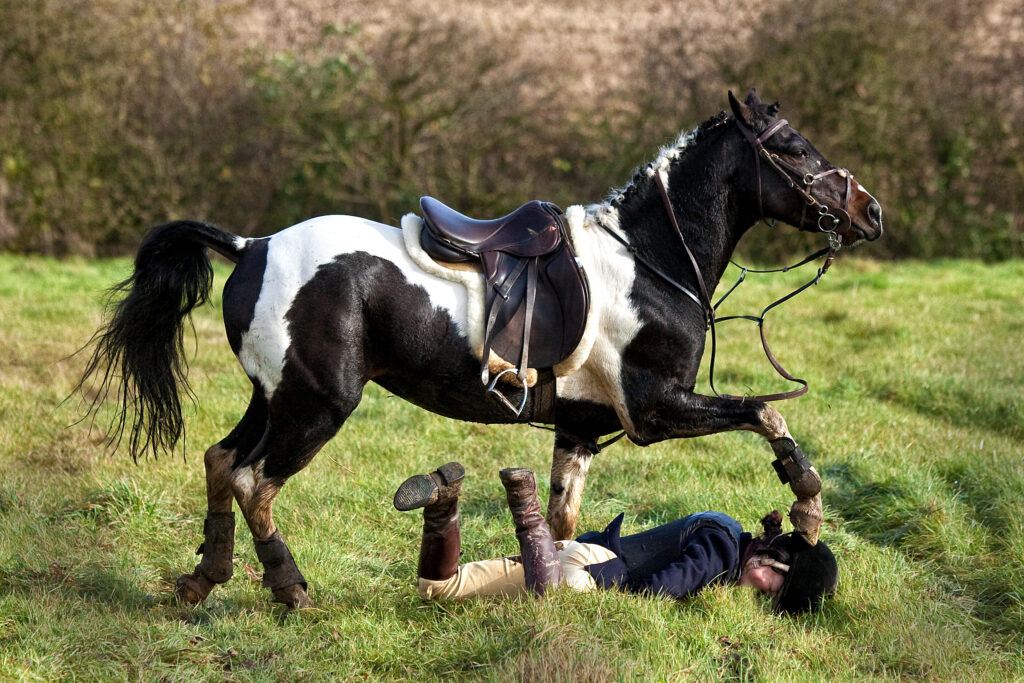

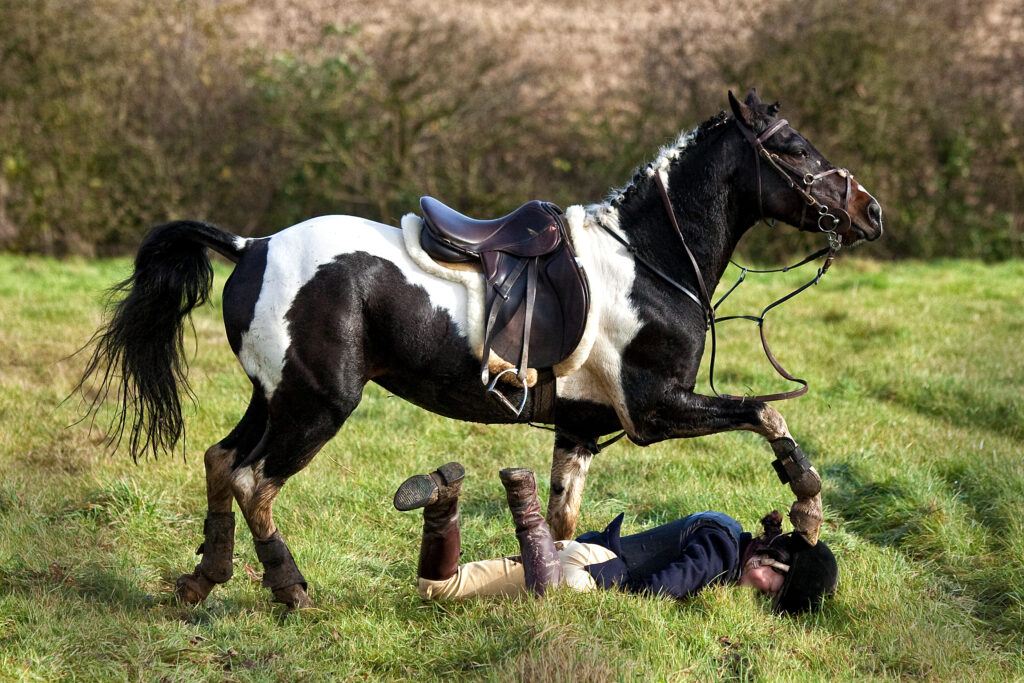

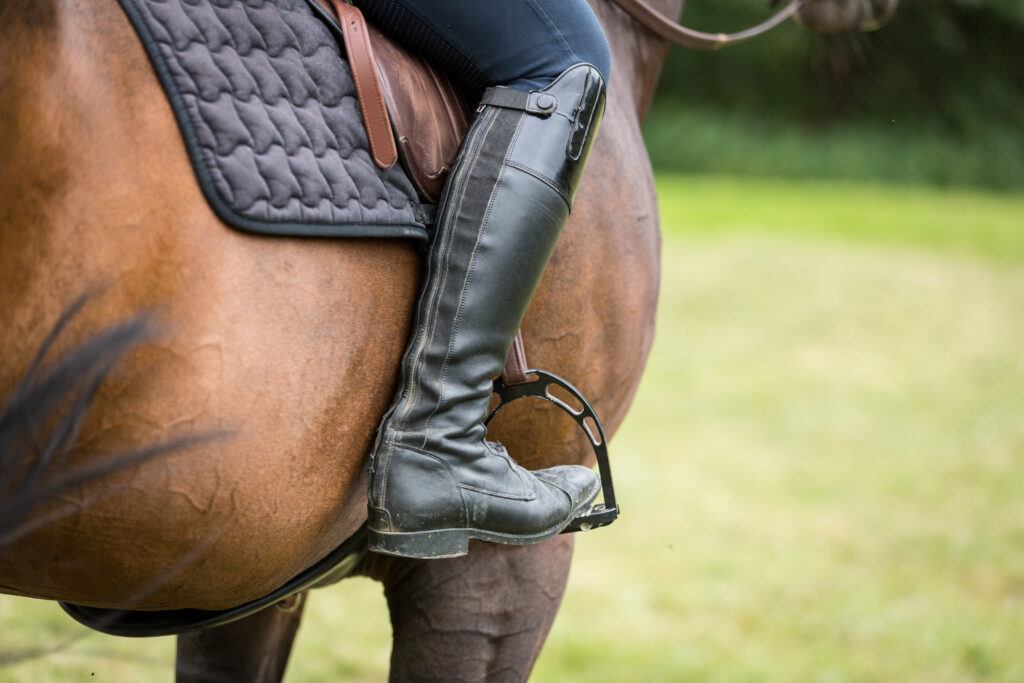
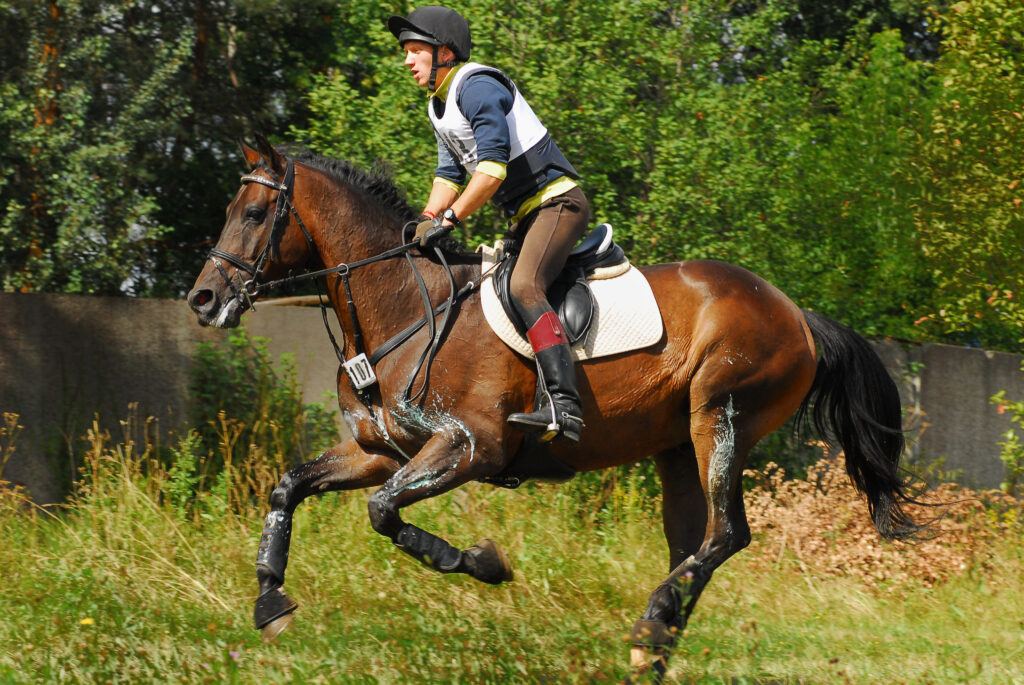
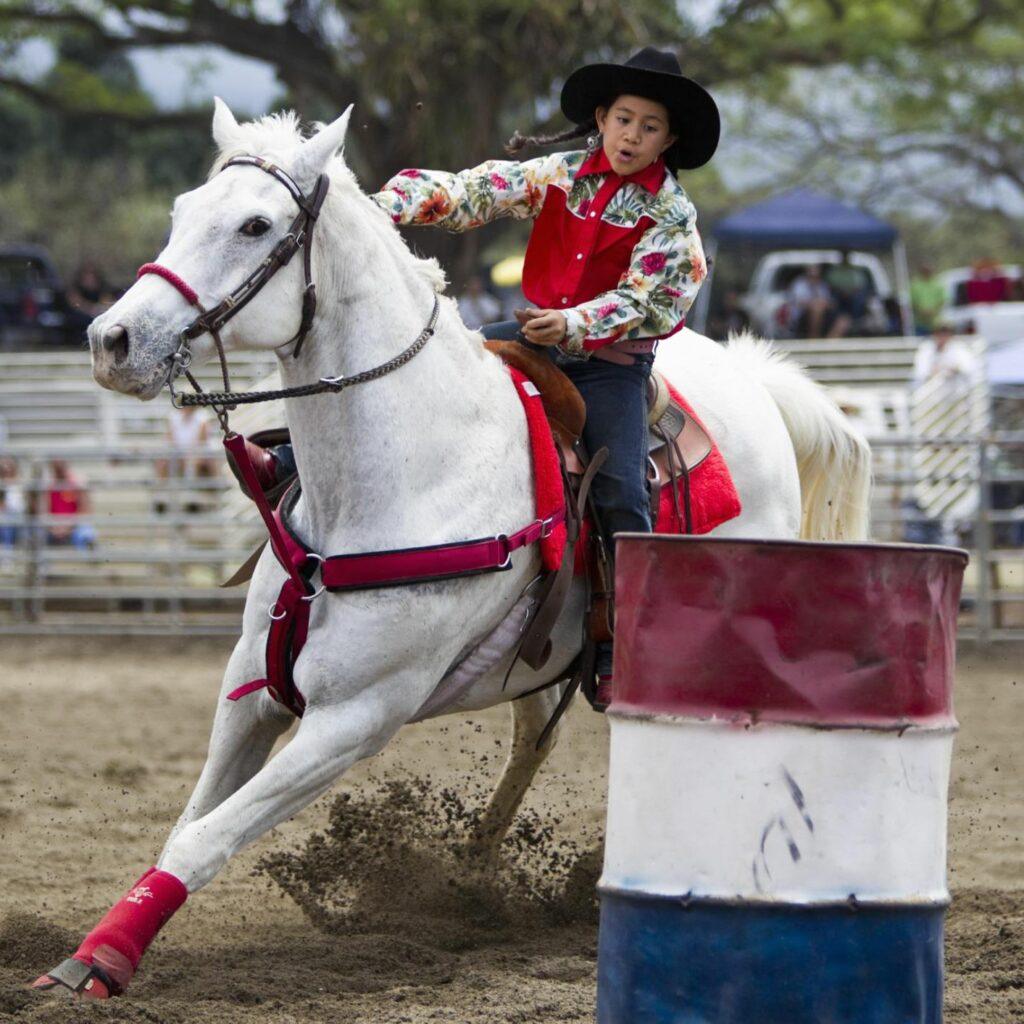
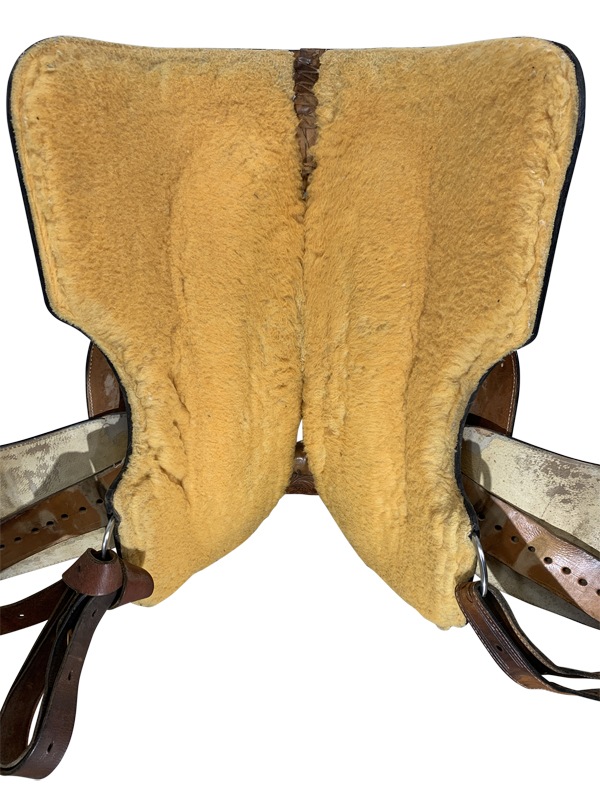

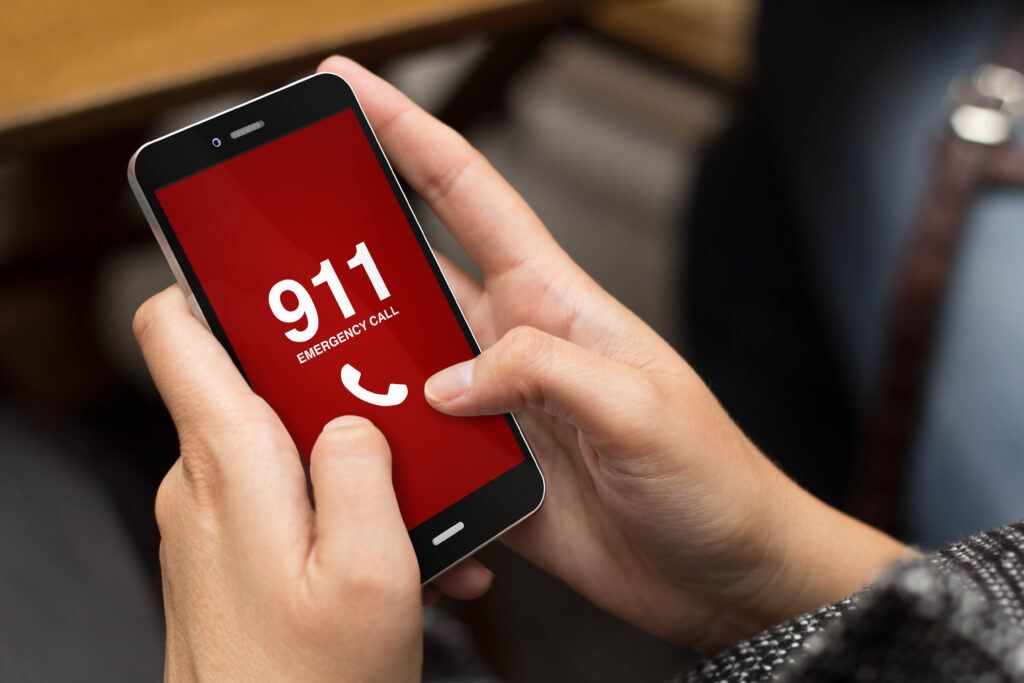
This is something I needed to read! When I was a young lad, a neighbor of mine was actually killed by a horse. Accidently, of course, but the kid was just 2 years older than me. Since then I have been terrified of horses.
There are a ton of tips for safe riding here. You must be an expert on the subject by now.
Do you know of any companies or services that offer care for animals or farms in the case of an absence? I suppose most folks have a trusted family member or friend that they can count on.
I really like how you emphasize the importance of caring for your horses feet. The picture is kind of disturbing, but I believe it appropriately reflects the importance of keeping your horses feet clean.
Hi Jacob. Thanks so much for stopping by and commenting. The first thing I would imagine, before buying a horse is making sure you have a vet, an “in case of emergency” plan. I too am afraid of horses, but in a healthy way. Remember, these animals weigh up to and sometimes over, a ton. And remember, horse’s spook easily. It’s important to be mindful at all times where you are standing in relation to these magnificent creatures. No, I don’t know of any companies or services that care for animals in case of absence. But you can check with your local equine vet. Please stop by again.
The advice about having an “in case of hospitalization” plan for your animals is incredibly grim but practical advice that most people probably never consider until it’s too late. We often think about safety during the activity, but rarely about the logistics of what happens if things go wrong.
Also, the “One-Rein Stop” technique mentioned (Tip #13) is an absolute lifesaver. It’s counter-intuitive when you are panicking to only pull one rein, but it mechanically disengages the horse’s power engine (the hindquarters) in a way that pulling back on both reins simply can’t.
Hi Jacob. Thanks for stopping by and commenting. I’m glad my post was helpful.
Thank you,
those are all very good points. I personally never rode horses, but the women in my family did. Gladly, they never had any major injuries even though they had quite a few falls and other accidents. My mother send my sister to judo classes so she could learn how to fall and reduce the risk of injuries. I think that was one reason she never had a major injury.
Take care
Thimo
Hi Thimo. Thanks for commenting and sharing your personal experience. Congrats on your sister taking Judo classes. I think learning how to fall when you’re not on an animal is great. But with horses, I don’t know that you can control the way you fall as you tend to get flung far. It’s better to follow the tips to try and prevent accidents. Please stop by again.